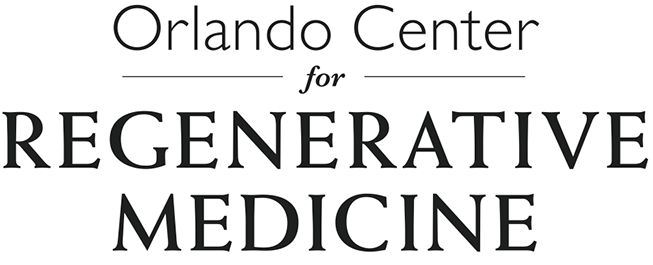PRP THERAPY FOR SHOULDER PAIN
If you or someone you know is suffering from shoulder pain, you know how much of a burden it can be on day-to-day life. Our shoulders provide us with a large portion of our mobility, making this area of our body susceptible to pain and injury.
Up until now, surgery and steroid injections have been the most common modalities of treatment for shoulder pain and discomfort. Thanks to recent advancements in regenerative medicine, many patients now have the option of choosing PRP therapy or stem cell therapy, as a natural and nonsurgical treatment option, to help relieve shoulder pain and improve mobility.
Commonly Treated Shoulder Conditions & Injuries Using PRP Therapy
Shoulder pain commonly occurs as a result of strenuous activities. Putting your shoulder through rigorous repetitive motions on a regular basis, such as throwing or lifting, can put your shoulder at risk for injury.
In fact, the American Academy of Orthopedic Surgeons’ statistics consistently show that around 7.5 million people go to the doctor’s office for shoulder problems every year. Because each shoulder injury and condition is unique, our doctors evaluate your specific situation during a consultation in order to determine if PRP therapy is the best treatment option to relieve your shoulder pain.
Some of the most common shoulder injuries and conditions we treat with PRP therapy are:
Labral tears
Benefits of PRP Therapy for Shoulder Pain
Shoulder arthroscopy and total shoulder replacement can be an effective way to treat severe shoulder conditions, but these procedures require extensive post-operative rehabilitation, which can often times be cumbersome and uncomfortable. Alternatively, PRP therapy is a minimally invasive procedure; therefore, patients usually require a much shorter rehabilitation period as compared with surgery.
Unlike most shoulder pain treatments, PRP therapy uses the power of your own platelets and growth factors to heal and repair damaged areas of the shoulder, without the need for surgery or foreign substances.
How Does PRP Therapy Work?
Our blood consists of liquid called plasma, along with small components of red cells, white cells, and platelets. Platelets contain proteins called growth factors, which are very important in the healing process when an injury occurs. Over time, we may begin to lose some of these powerful platelets that are in our body, making it harder for healing to occur. During PRP therapy, a concentrated source of the patient’s own platelets and growth factors are placed in the site of pain in order to promote regeneration in the body.
The PRP Therapy Treatment Process
A consultation with our center is required before being considered for PRP therapy in order to ensure that you are a good candidate for the procedure. Your successful outcome is our #1 priority, and since PRP therapy is not for everyone, our highly trained medical team will only provide you with the most effective treatment options for your particular situation.
If our medical team finds that PRP therapy will be an effective treatment option for your specific injury or condition, you will work with our office to discuss any medication and/or supplements you are currently taking. In order to yield long-lasting benefits, we recommend that you refrain from any anti-inflammatory medication 3 weeks before and 3 weeks after the procedure. You will not be required to fast from food or beverages before the procedure.
On the day of treatment, your procedure will be performed in one of our beautiful new treatment rooms at our center. PRP Therapy is considered minimally invasive and is done on an outpatient basis.
Treatment begins by obtaining a small amount of your blood. The blood is then placed in a high-spinning centrifuge. The centrifuge separates the components of the blood so that a rich, concentrated source of platelets is obtained. The platelet-rich plasma is then injected into the area of the body that is in need of regeneration. Many patients find the procedure to be completely painless. The entire treatment process takes around 45 to 60 minutes.



